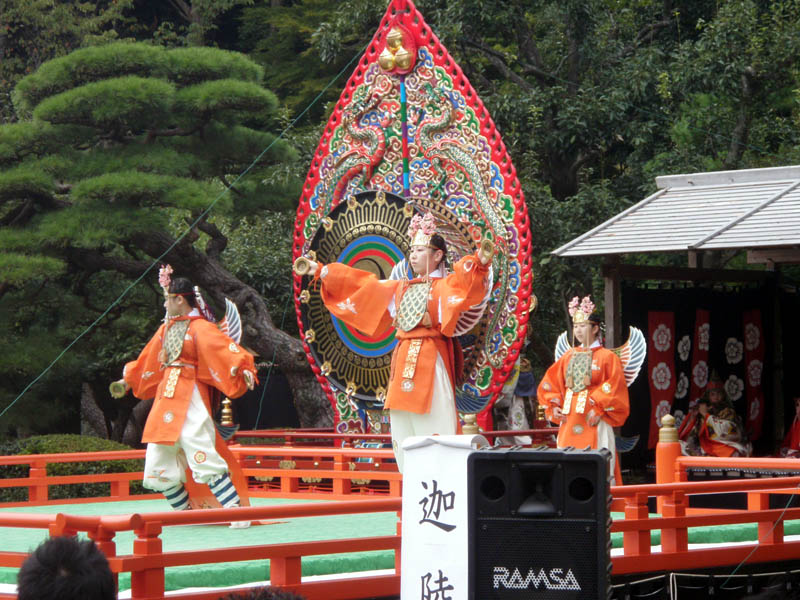Wandering through the green shadows of the primal forest that seperates the ancient shrine of Ise from the outside world, one can’t help reflecting upon the fact this is the sacred heart of Shintoism, the native religion of Japan.
Shinto or kami-no-michi translates into english as “Way of the Gods” is a set of spiritual beliefs followed by over 119 million observers in Japan alone, dating back to the 8th century and the Nara period in Japanese history.
Deciated to the Sun Goddess Amaterasu, the Ise shrine is one of the world’s oldest sacred sites, a place of worship and pilrimage for the Japanesse people for the last 2,000 years. Legends set forth in the ‘Nihon Shoki’ tell the story of the demi-goddess Yamatohime-no-mikoto, daughter of the Emperor Suinin. Yamatohine wandered for over 20 years in the regions of Ohmi and Mino looking for a permanent site for the Goddesss Amaterasu to be worshipped. Finally arriving at Ise, where she established the original temple Naikū, upon hearing the Sun Goddess say “is a secluded and pleasant land. In this land I wish to dwell.”
The Ise Shrine is split into two locations, Naiku the inner shrine and Geku the outer shrine, respectfully. Naiku, the inner shrine is the official earthy residence of the Goddess Amaterasu, while the outer shrine Geku is a temple to the Goddesss Toyouke no omikami, the deity of agriculture and industry.
Naiku is located in the town of Uji-tachi, south of Ise City. Around Naiku and Geku are 123 satelite temples located in Ise City, 91 of them connected to Naikū and 32 to Gekū.
The first official imperial temple at Ise was built by Emperor Temmu in 678 AD at the Naiku site, with his wife Empress Jito handling the ceremonial rebuilding in 692 AD.
Interesting Facts
Purportedly the home of the Sacred Mirror, the shrine is Shinto’s holiest and most important site. The Sacred Mirror or Yata no Kagam is one of the most important objects of the imperial regalia of Japan, the Sacred Mirror is said to be on the one from Japanese mythology that the Gods places on a tree to lure Amaterasu out of a cave. Upon seeing herself in the mirror the Goddess could not resit coming out of the cave to investiage the beautiful creature in it. The mirror became embedded with her divine image and was giving to her grandson Ninigi no Mikoto, when he went to pacify Japan. It has since been passed into the guardian ship of the Ise Shrine.
In 965, Emperor Murakami sent imperial messengers to report important events to the guardian kami of Japan, chief among them was the Sun Goddess Amaterasu at the Ise Shrine.
The high priestess of Ise Shrine must come from the imperial family of Japan and is entrusted with the guardianship of the Shrine. The current High Priestess is Ikeda Astuko, the fourth daughter of the Showa Emperor.
All the shrine buildings of Naiku and Geku, along with the Uji Bridge, are rebuilt every 20 years symbolizing the journey of founding priestesssYamatohime-no-mikoto to establish the Ise Shrine. It is said her journey was an embodiement of the Shinto philosophy of ‘Wabi-Sabi’ the belief of the death, renewal of nature and the impermanence of all things. In pre-modern time it served as a ritual tranmission of building techniques between generations.
The Journey
Flights from the US cities of San Diego and Los Angeles to Japan often from overnight at Tokyo’s Narita airport
Fashionista411 on Twitter @f411
Justin Howard, Fashionista411 Columnist on Twitter @jthnomad
